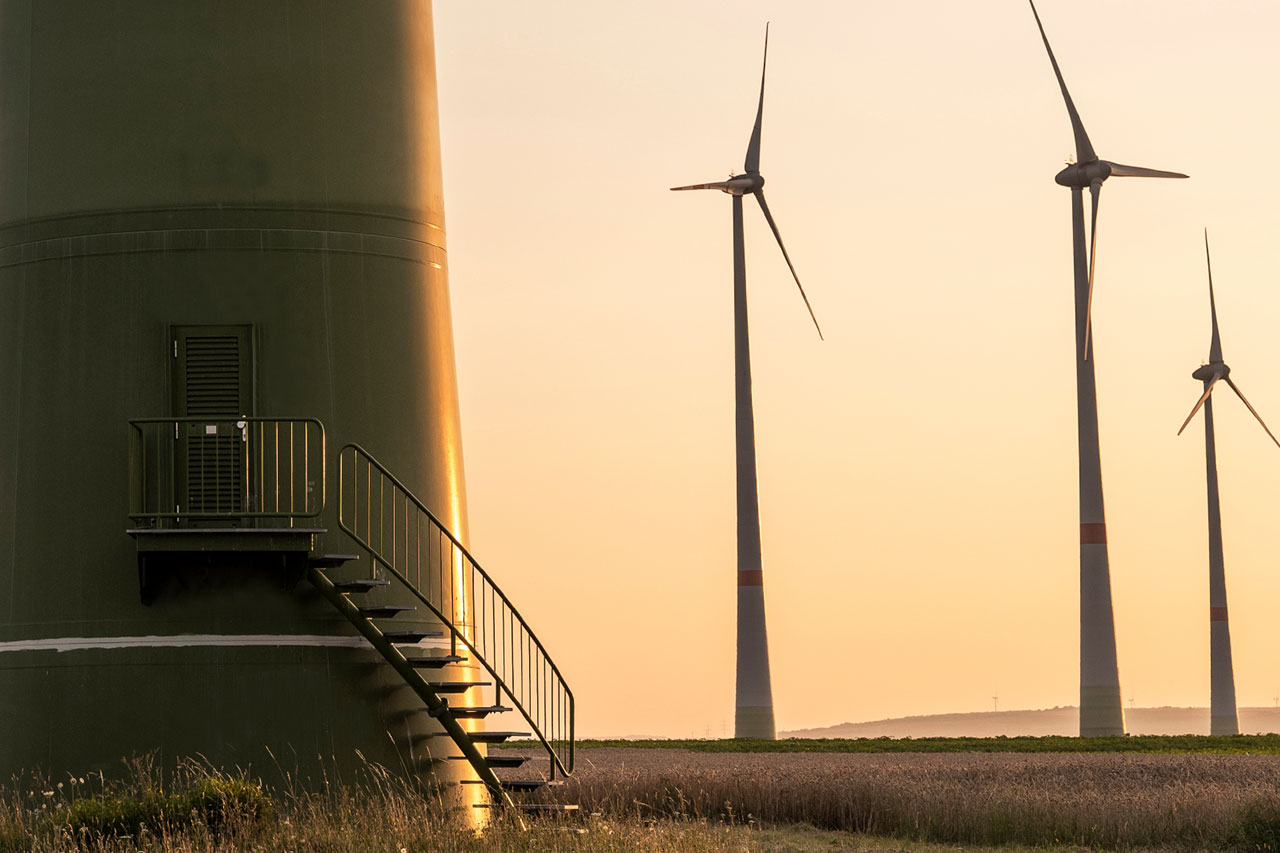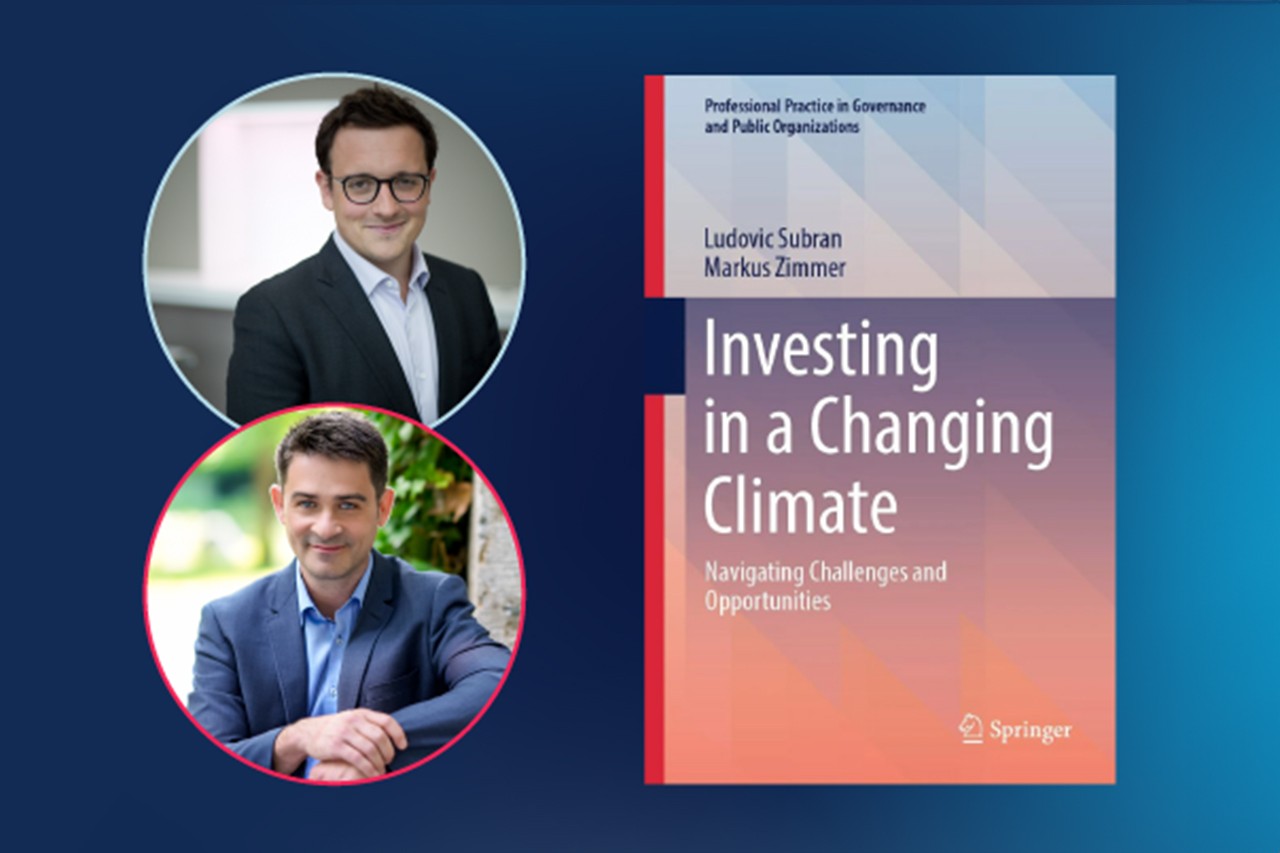As the clock struck midnight on December 31, the promise of a new year lulled us into a hopeful January. If you ever wondered how the month of January got its name, you can thank Janus, the Roman deity of transitions, who is always portrayed with two faces, one looking into past and the other facing the future, suggesting an inevitable link between the two. Something that struck us as well when, to our dismay, we soon realized that 2022 sounded awfully similar to 2020 too. A cruel linguistic joke encroaching on our optimism or reasonable doubt?
Will 2022 mark the beginning of an end of the pandemic era or are we set to repeat the same scenarios? In their newly published Economic Outlook 2022 report, Allianz Research takes a look at the global economic trends and identifies the main developments for 2022.


